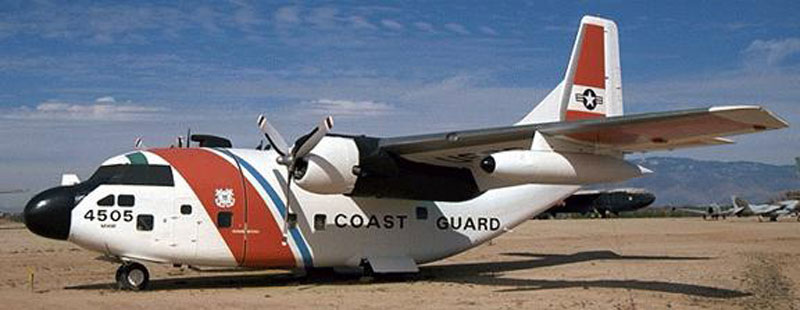
The C-123 was initially designed as the YG-18 glider by the Chase Aircraft Corporation. It was all metal and the first of the series took to the air in 1947. It had an upswept rear fuselage modified with a hydraulically operated loading ramp. This shape remains the characteristic of most modern military transports to this day. During the evaluation period Air Force interest shifted toward powered assault aircraft. Convinced that the YG-18A airframe was of sufficient strength to accommodate power plants Chase installed two Pratt & Whitney R2000 engine and the aircraft flew in powered form in 1948 and redesignated as YC-122. The power plants were changed to R-2800, design features added, and the aircraft entered the Air Force Inventory as the C-123.
Henry Kaiser acquired control of Chase aircraft and the C-123 was produced at the Willow Run, Michigan manufacturing facility as the C-119 was being phased out. In June 1953 all USAF contracts with the Kaiser organization were canceled and a request for competitive bids for the C-123 was forwarded to several major aircraft manufacturers. In October of 1953 the Fairchild Aircraft Company was awarded the contract to begin a series production of 293 C-123B aircraft.
Pre-Vietnam service saw the C-123B utilized as a troop carrier, medivac transport, and support missions from short, minimally-prepared landing strips. Operational enhancements continued and the aircraft was used extensively during the Vietnam conflict for a multitude of missions. The last modification designation was C-123-K. Two small pylon mounted J-85 engines were fitted under the wings augmenting the take off thrust by 2,850 pounds.
The Coast Guard acquired the first of eight C-123B’s from the USAF in June of 1958 for use as logistical transports in support of the expansion and installation of the LORAN C network and other isolated installations. These installations were situated around the globe, many of which were in remote locations. The aircraft operated from Coast Guard Air Stations located at Miami, Florida; Puerto Rico; Barbers Point, Hawaii; Guam; Kodiak, Alaska; and Naples, Italy. They were distinguished from other C-123s by the Coast Guard color scheme and the large nose-mounted APN-158 radar. As a secondary mission they were also utilized for search and rescue. The last of the aircraft were retired from Coast Guard service in 1972.
| Manufacturer | Fairchild Aviation |
| Designation | C-123B |
| Aircraft Type | Supply transport |
| Cost | $601,719 |
| Wing Span | 110′ |
| Height | 34′ 1″ |
| Length | 75′ 9″ |
| Cruising Speed | 205 mph |
| Range | 1,470 statute miles |
| Empty Weight | 29,900 lbs. |
| Gross Weight | 60,000 lbs. |
| Crew | 3 |
| Engine(s) | 2 x 2,300-hp Pratt & Whitney R-2800-99W Double Wasp 18-cyinder radial piston engines; |


